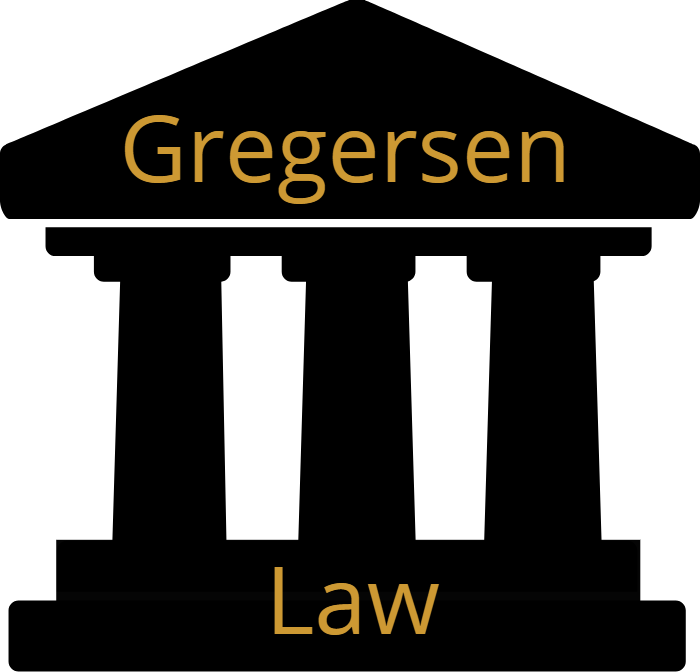Some Utah Law on Boundary Line Agreements, and Lot Line Adjustments
This page deals with written agreements as to boundary lines. (In contrast with the doctrine of Boundary by Oral Agreement, explained in Bahr v. Imus, 2011 UT 19. http://www.utcourts.gov/opinions/supopin/Bahr040111.pdf .)
This page discusses boundary adjustments (in which the line is changed), and boundary agreements (in which in theory the line is not changed, but merely defined).
Utah Code section 17-27a-103(60)(c): "Subdivision" does not include: ...
(ii) a recorded agreement between owners of adjoining properties adjusting their mutual boundary if: (A) no new lot is created; and (B) the adjustment does not violate applicable land use ordinances;
...
(v) a recorded agreement between owners of adjoining subdivided properties adjusting their mutual boundary if" (A) no new dwelling lot or housing unit will result from the adjustment; and (B) the adjustment will not violate any applicable applicable land use ordinance.
[or]
(vii) a parcel boundary adjustment.
Utah Code section 17-27a-103(40): "Parcel boundary adjustment" means a recorded agreement between owners of adjoining properties adjusting their mutual boundary if: (a) no additional parcel is created; and (b) each property identified in the agreement is unsubdivided land, including a remainder of subdivided land.
Utah Code section 17-27a-522:
(1) A property owners: (a) may execute a parcel boundary adjustment by quitclaim deed or by a boundary line agreement as described in Section 57-1-45; and (b) shall record the quitclaim deed or boundary line agreement in the office of the county recorder.
(2) A parcel boundary adjustment is not subject to the review of a land use authority.
Utah Code section 17-27a-523:
(1) As used in this section, "boundary line agreement" is an agreement described in Section 57-1-45.
(2) A property owner: (a) may executed a boundary line agreement; and (b) shall record a boundary line agreement in the office of the county recorder.
(3) A boundary line agreement is not subject to the review of a land use authority.
Utah Code section 57-1-45:
57-1-45. Boundary line agreements.
(1) If properly executed and acknowledged as required under this chapter, an agreement between property owners designating the boundary line between their properties, when recorded in the office of the recorder of the county in which the property is located, shall act as a quitclaim deed and convey all of each party's right, title, interest, and estate in property outside the agreed boundary line that had been the subject of the boundary dispute that led to the boundary line agreement.
(2) A boundary line agreement described in Subsection (1) shall include:
(a) a legal description of the agreed upon boundary line;
(b) the signature of each grantor;
(c) a sufficient acknowledgment for each grantor's signature; and
(d) the address of each grantee for assessment purposes.
17-27a-608(1)(a) A fee owner of land, as shown on the last county assessment roll, in a subdivision that has been laid out and platted as provided in this part may file a written petition with the land use authority to have some or all of the plat vacated or amended.
Utah Code section 17-27a-608(5)(a): The owners of record of adjacent parcels that are described by either a metes and bounds description or by a recorded plat may exchange title to portions of those parcels if the exchange of title is approved by the land use authority in accordance with Subsection (5)(b).
https://utahpropertyrights.files.wordpress.com/2012/11/26-ao-eickbush-by-lisa-g-romney-11-29-07.pdf
http://www.ucls.org/assets/documents/ucls-finalplatguidancedocument-modelstandard11-15-2014.pdf
Contrast this with Oral Boundary Agreements
When it comes to a boundary by agreement, there are some basic principles.
If the boundary is uncertain, then an oral agreement can avoid the statute of frauds, under the theory that it merely ascertains the position of the line, and does not change it.
If the actions on the ground are such as give notice to others, then the agreement can bind successors.
